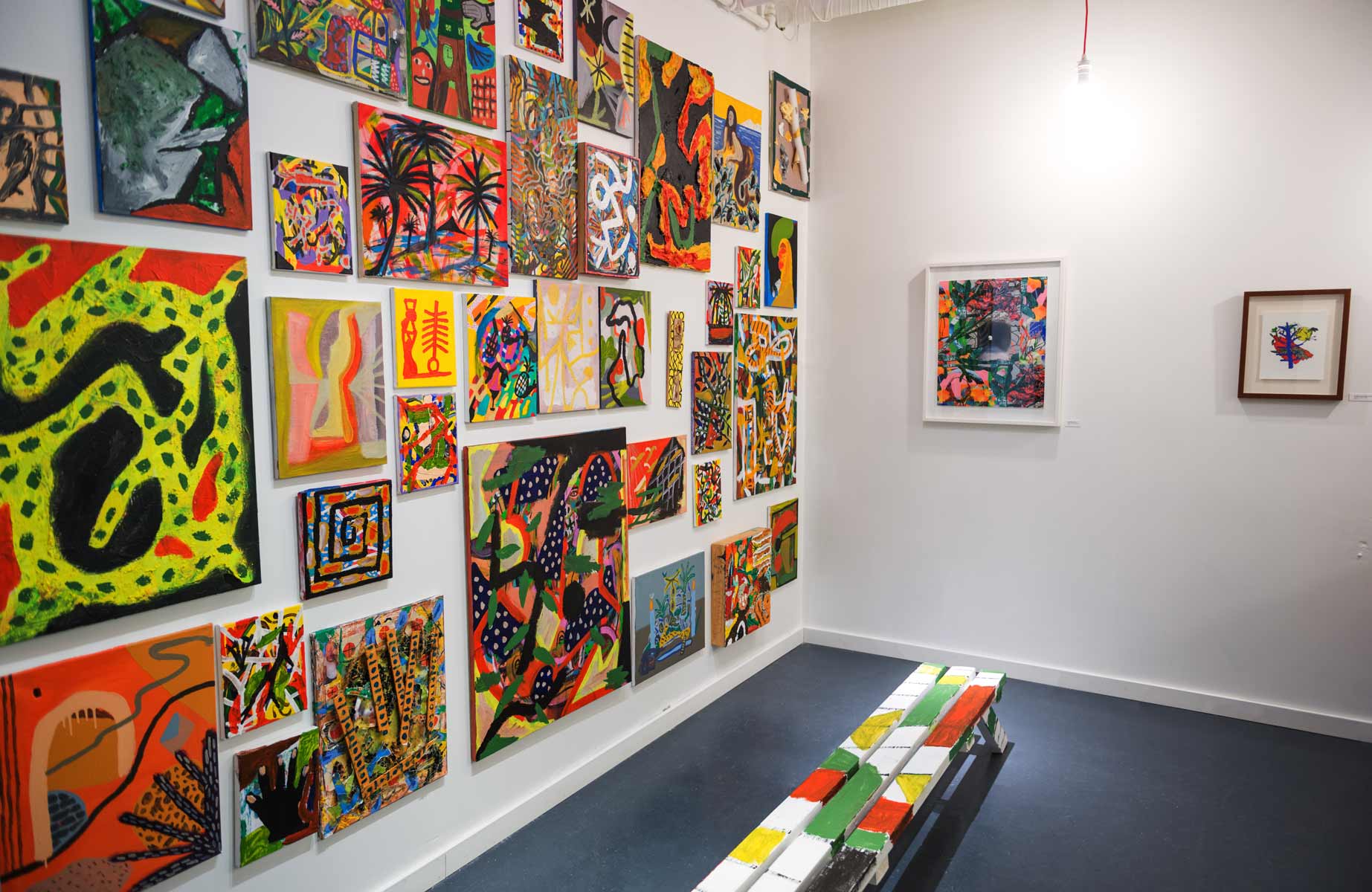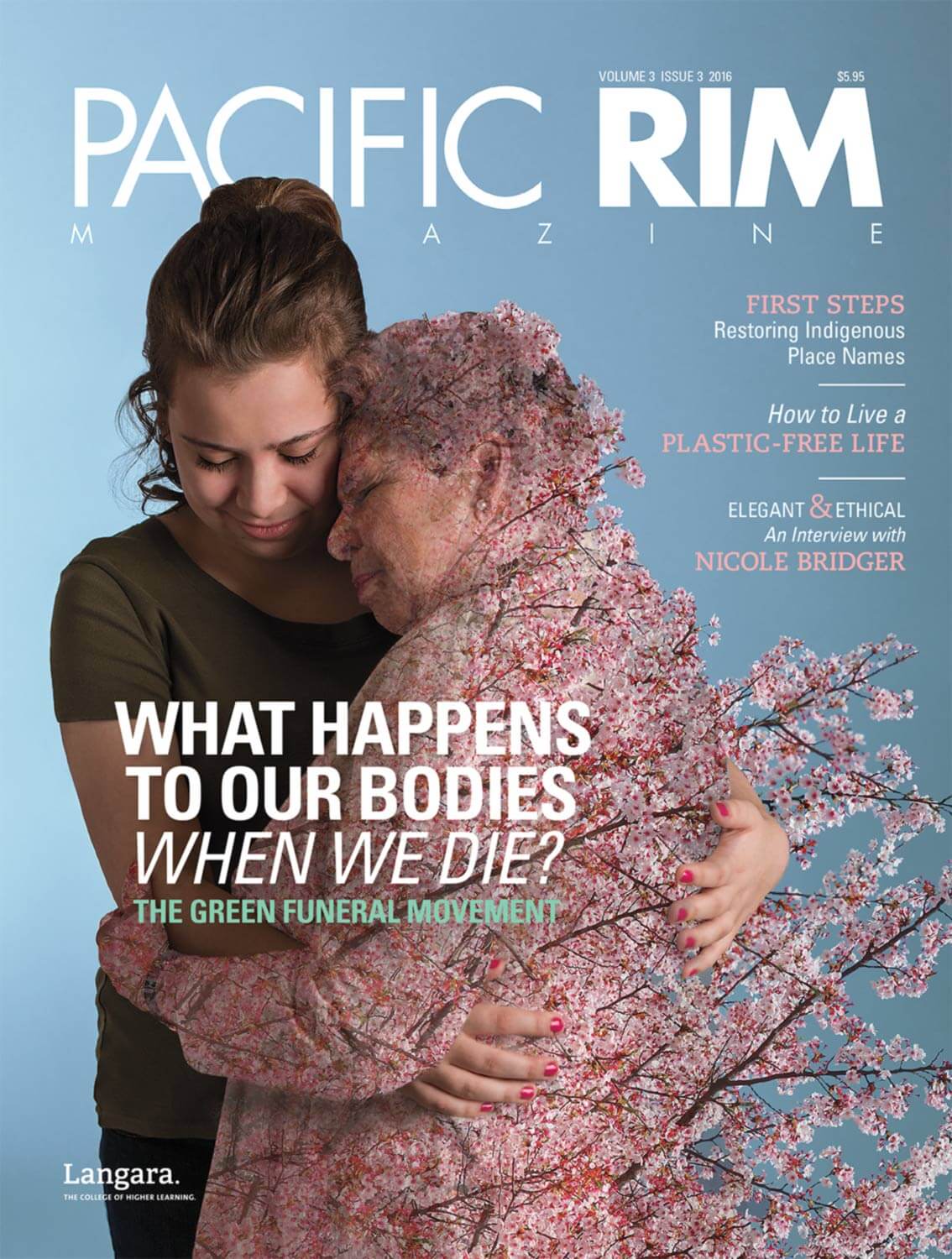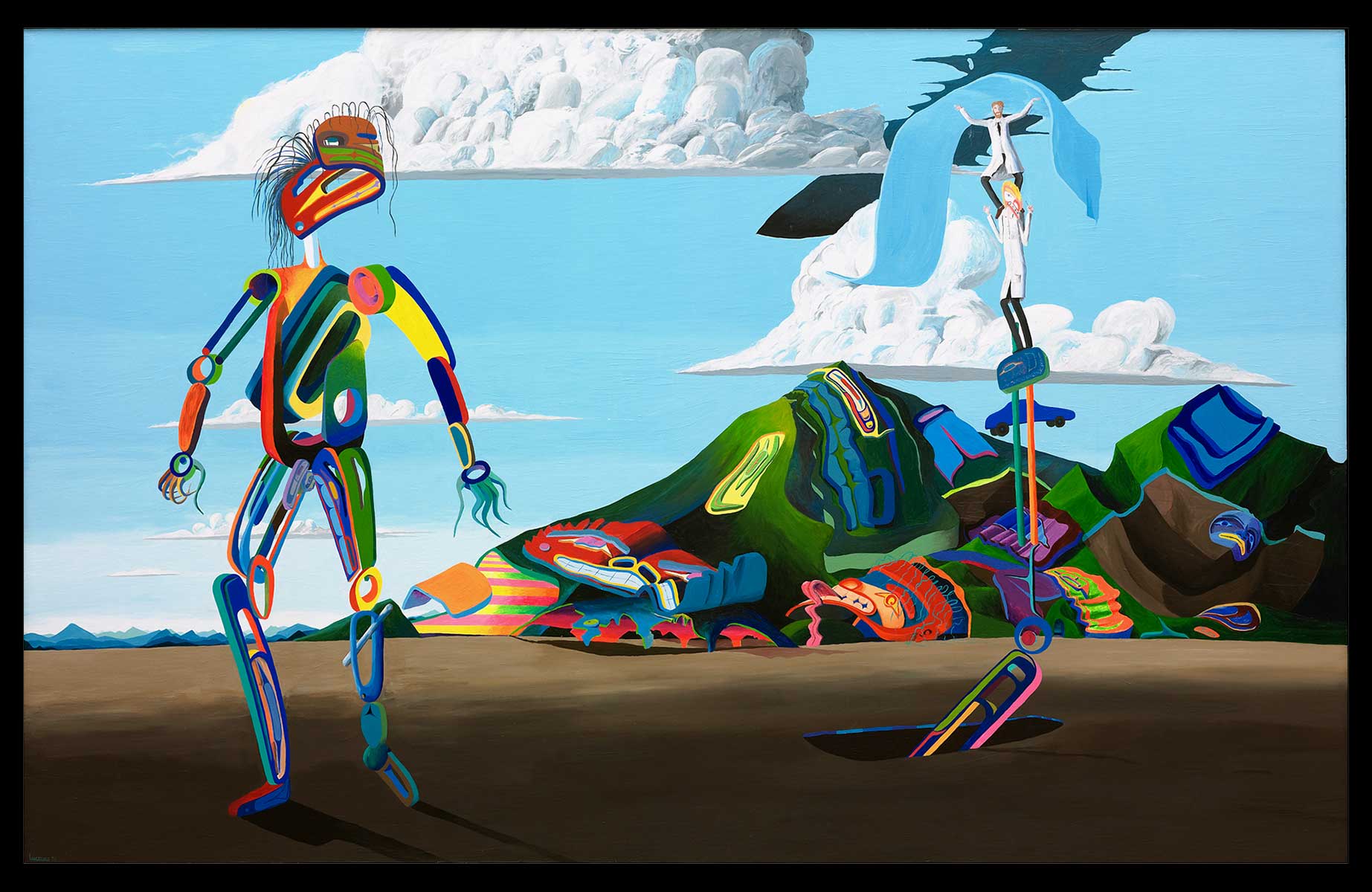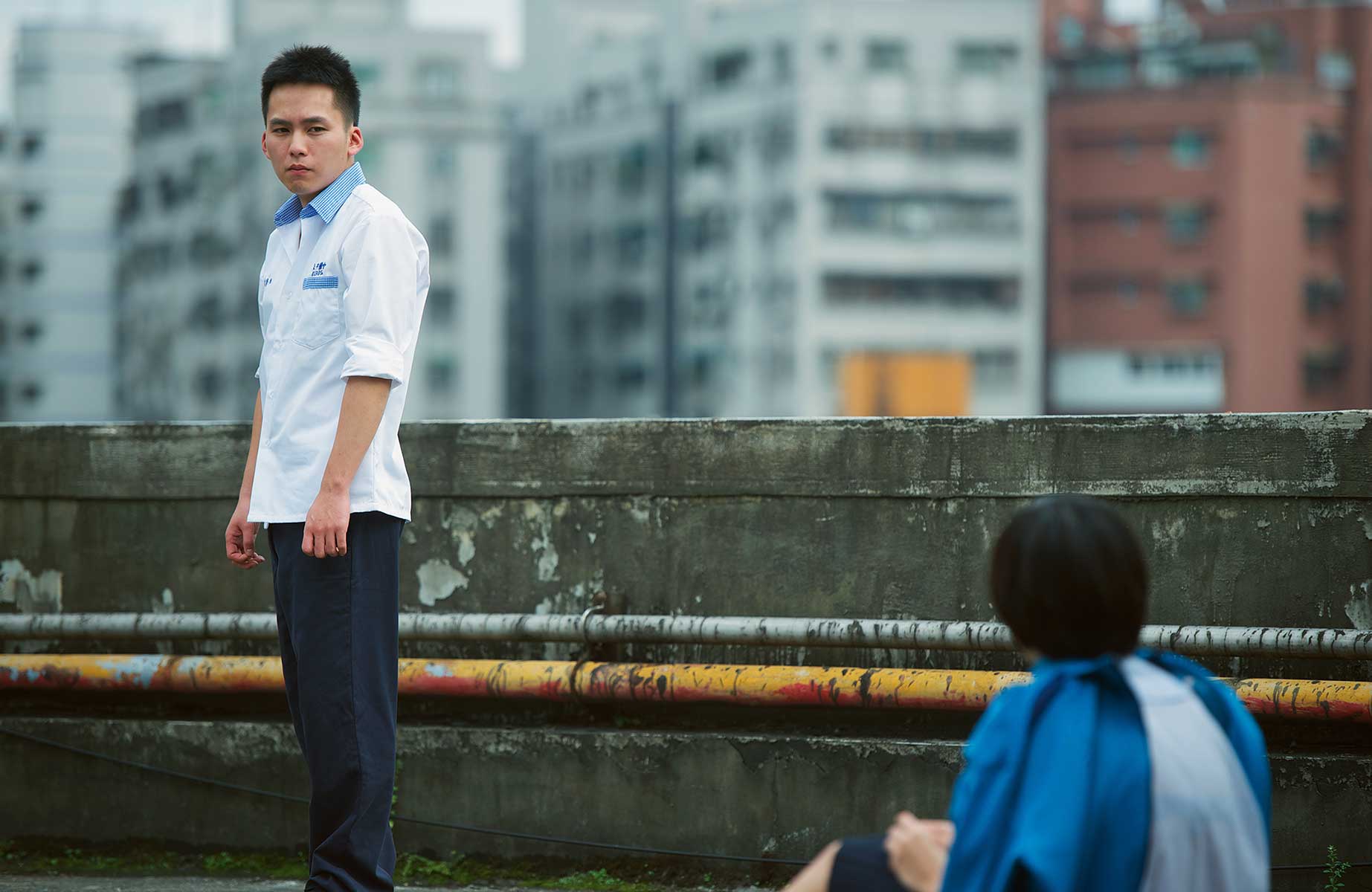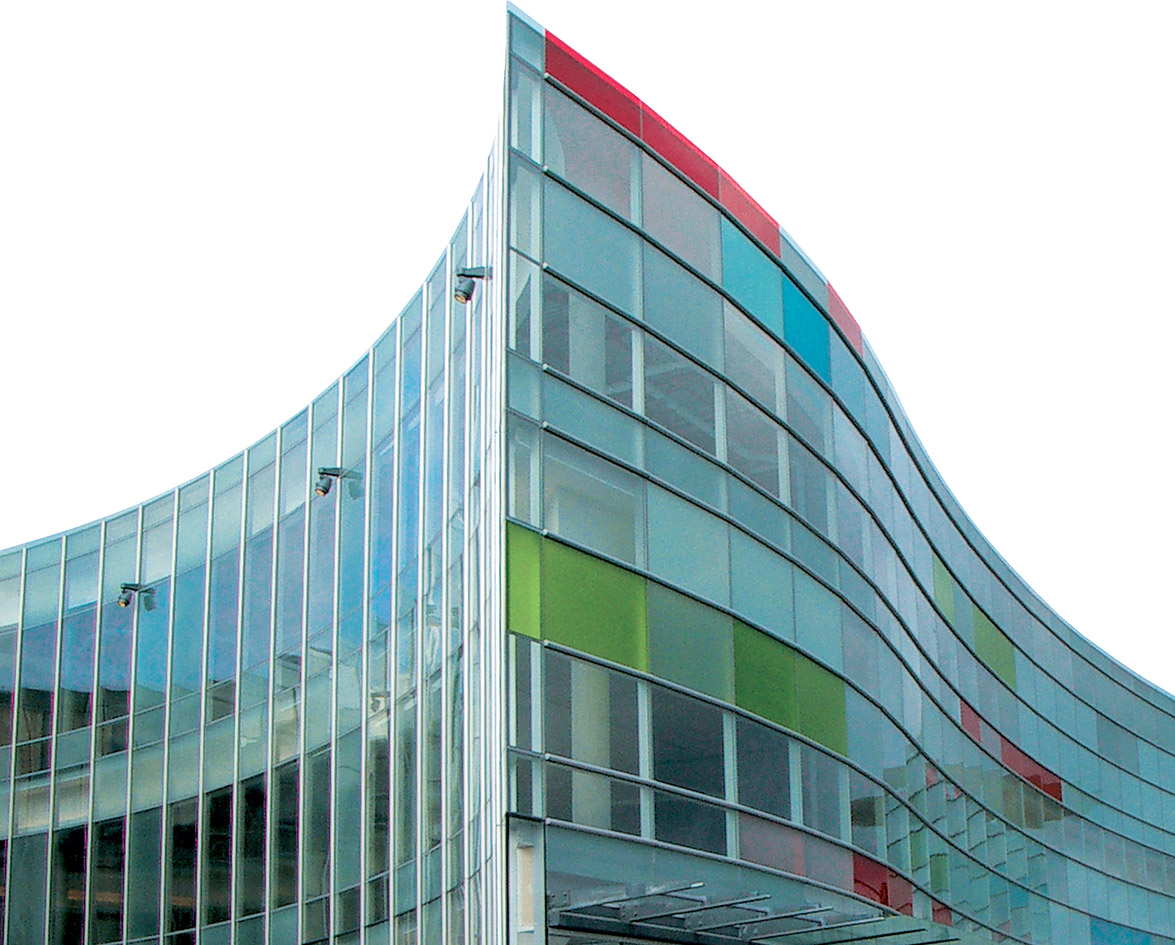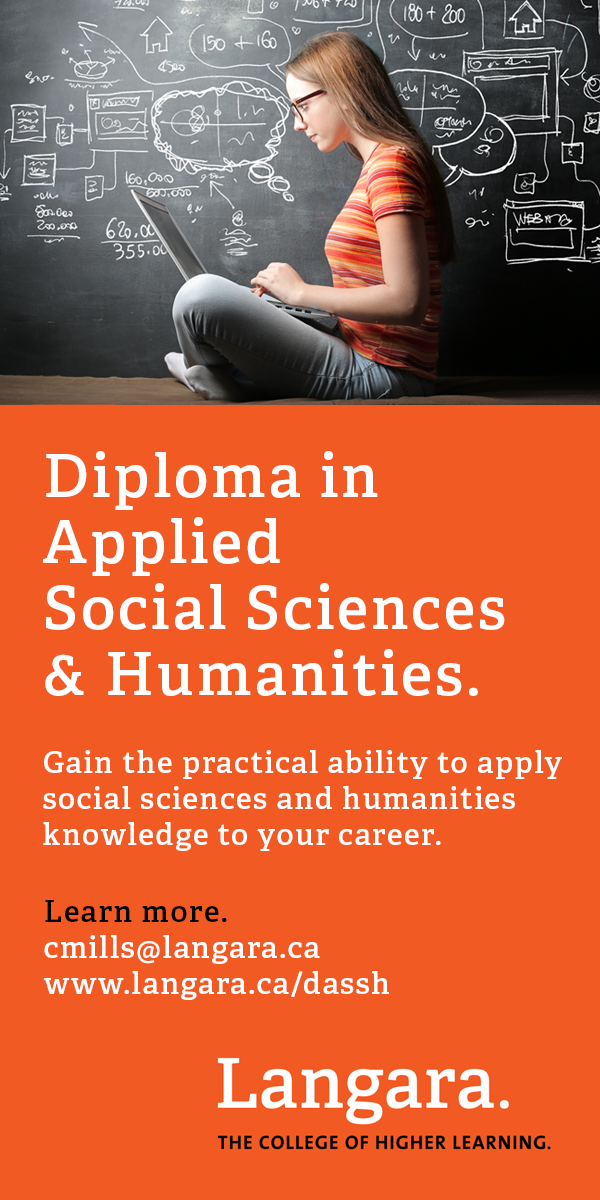I think art can save us. I’m a complete idealist,” says Tyler Russell, director/curator of Centre A. He believes that showcasing Asian art to Vancouver audiences can strengthen Vancouver’s relationship with Asia. He adds that building this connection is, “really dependent on art education and engagement.”
Centre A, a small gallery space tucked in the heart of Vancouver’s Chinatown, was established in 1999 by Hank Bull, Stephanie Holmquist, and Zheng Shengtian. The gallery’s mission is to “activate contemporary art’s vital role in building and understanding the long and dynamic Asia-Canada relationship, while tackling questions of broader concern from Asian and Asian-diasporic perspectives.” Centre A also has a reading room, which houses rare collections of Asian art books, among other resources. In addition, the gallery offers professional mentorship opportunities as well as an artist residency program.
Alice Ming Wai Jim, former Centre A curator (2003 to 2006), writes in her article, “Asian Canadian Art Matters,” that, “Canada continues to struggle with its self-definition as a culturally-diverse nation,” which makes spaces like Centre A valuable in, “building and maintaining viable and diverse networks of collective critical inquiry.”
Since Centre A’s inception, it has worked with famous contemporary artists, such as Yoko Ono, and has collaborated with the Vancouver Art Gallery and the National Taiwan Museum of Fine Arts. Recently featured artists include South Korean photographer, Seung Woo Back, whose first solo exhibition in Canada—Walking on the Line—was exhibited at Centre A in winter 2015. Centre A has also shown Canadian artists like Vanessa Kwan, Laiwan, Jagdeep Raina, and Patrick Cruz.
Tyler Russell, Centre A’s director since 2014, explains that, “It’s very important to me that art [starts] a conversation…What we’ve done a lot of here in the last two years is to think about our local circumstances and find ways to engage these very local circumstances in conversation. Some of that has been about linguistic and cultural space, and the effects of what, in some places, is called urban renewal, in other instances is called gentrification.” The more environments change, the more important it is to continue having conversations about them.
Centre A’s events and exhibits serve our need for connection, reminding us that Asian-Canadian art is just another term for local art.
Visit Centre A at 229 East Georgia Street. centrea.org





